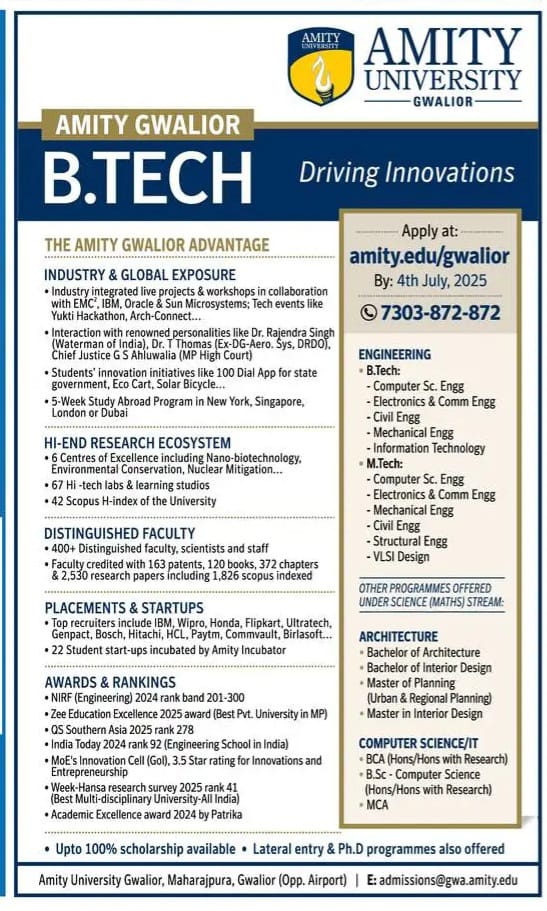What is the 4 G ?
What is the 4 G ?
4G, an acronym for fourth-generation wireless, is a type of technology that can be used with cellular phones, wireless computers, and other mobile devices. This technology give users faster access to the Internet than most previous third-generation (3G) networks can offer, and it also offers new user options such as the ability to access high-definition (HD) video, high-quality voice, and high-data-rate wireless channels via mobile devices. In 2009, the ITU Radiocommunication Sector (ITU-R) defined the standards for the successor to 3G: the new technology must provide peak speed for Internet communication at 100 megabits per second (Mbps) for high mobility users, which includes those in cars and trains, and 1 gigabit per second (Gbps) for low mobility users, such as pedestrians or those who are stationary while using their device. Like previous generation technologies, the newest version is not expected to be fully incorporated worldwide for several years.

New Services
The fourth-generation wireless technology provides a wide variety of services including the option to download, view, and upload high-definition (HD) videos, which could potentially change the way some companies do business; video conferences could become more common, for example. High-quality voice when using a cellular phone is another added benefit of 4G technology, as well as access to high-data-rate wireless channels. 4G is also known as “beyond 3G,” since it provides a comprehensive and secure Internet Protocol (IP) solution. Users have access to high-qualitystreaming video and “anytime, anywhere” voice and data at a much higher speed than previous generations. The “anytime, anywhere” solution of 4G technology is also referred to as “MAGIC,” which is an abbreviation for Mobile multimedia; Anytime/anywhere; Global mobility support; Integrated wireless solution; and Customized personal services.
Objectives
The 4G working group has defined several objectives of the fourth-generation wireless communication standard. This includes a high mobility rate of 100 Mbps between any two points in the world, seamless connectivity allowing users to enjoy global roaming across multiple networks, and support for using high-quality multimedia. Perhaps users will be willing to purchase the technology as it is said to be up to ten times faster than previous 3G options, with broadbandaccessibility in rural areas that previously lacked high-speed internet capabilities.
The fourth-generation will inter-operate with third generation systems and broadband broadcasting systems; it also intends to integrate fixed wireless access (FWA), wireless local area network (WLAN), wireless local loop (WLL) and personal area network (PAN), to provide fully IP-based wireless internet. When fully implemented, this technology could help create additional markets and opportunities for new and established telecommunication enterprises. A 4G networkcan potentially open the gates of video blogging on mobile phones when combined with cell phones that are equipped with advanced HD capabilities, or high-quality digital cameras.
Development
With a higher data rate and broader bandwidth capability, 4G technology focuses on providing seamless service across a multitude of wireless networks and systems. Some of the core technologies employed by fourth-generation wireless include Orthogonal Frequency Division Multiplexing (OFDM), Software-Defined Radio (SDR) receivers, Orthogonal Frequency Division Multiple Access (OFDMA) Universal Mobile Telecommunications System (UTMS), and multiple input/multiple output technologies (MIMO). Together, these technologies could ensure high rates of data transmissions for 4G users, though the availability may not be offered everywhere for several years.
4G Technology :
• While companies in the early 21st Century had not yet achieved the standards necessary for 4G technology, some began using “4G” to describe their networks.
• A stationary user can even see 1 gigabits per second (Gbps) download speeds with 4G. Technologies that contribute to 4G include Orthogonal Frequency Division Multiplexing (OFDM), which is designed to carry more data by splitting radio signals that are broadcast over different frequencies and are immune to interference.












 +91-94068 22273
+91-94068 22273 
